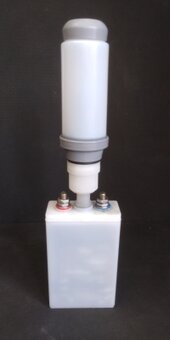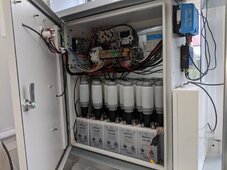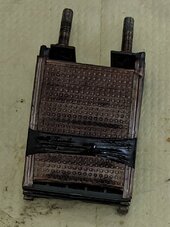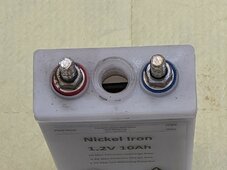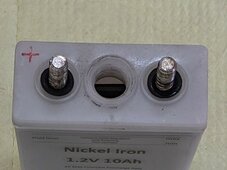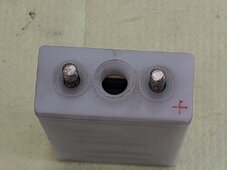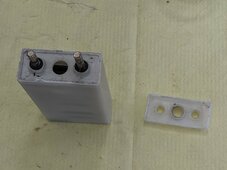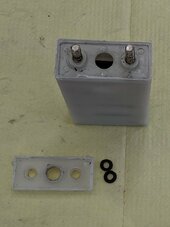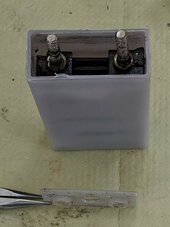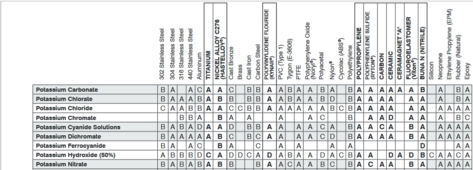Hello, I've been experimenting with some NiFe cells from China on a solar powered shed and I have a questions about the electrolyte degradation.
Is it possible to stop the carbon build up by using pressurised recombiner vent caps like this one?
https://baterbattery.com/product/ba...combination-plug-recplug2-for-opzs-batteries/
Is it possible to stop the carbon build up by using pressurised recombiner vent caps like this one?
https://baterbattery.com/product/ba...combination-plug-recplug2-for-opzs-batteries/



